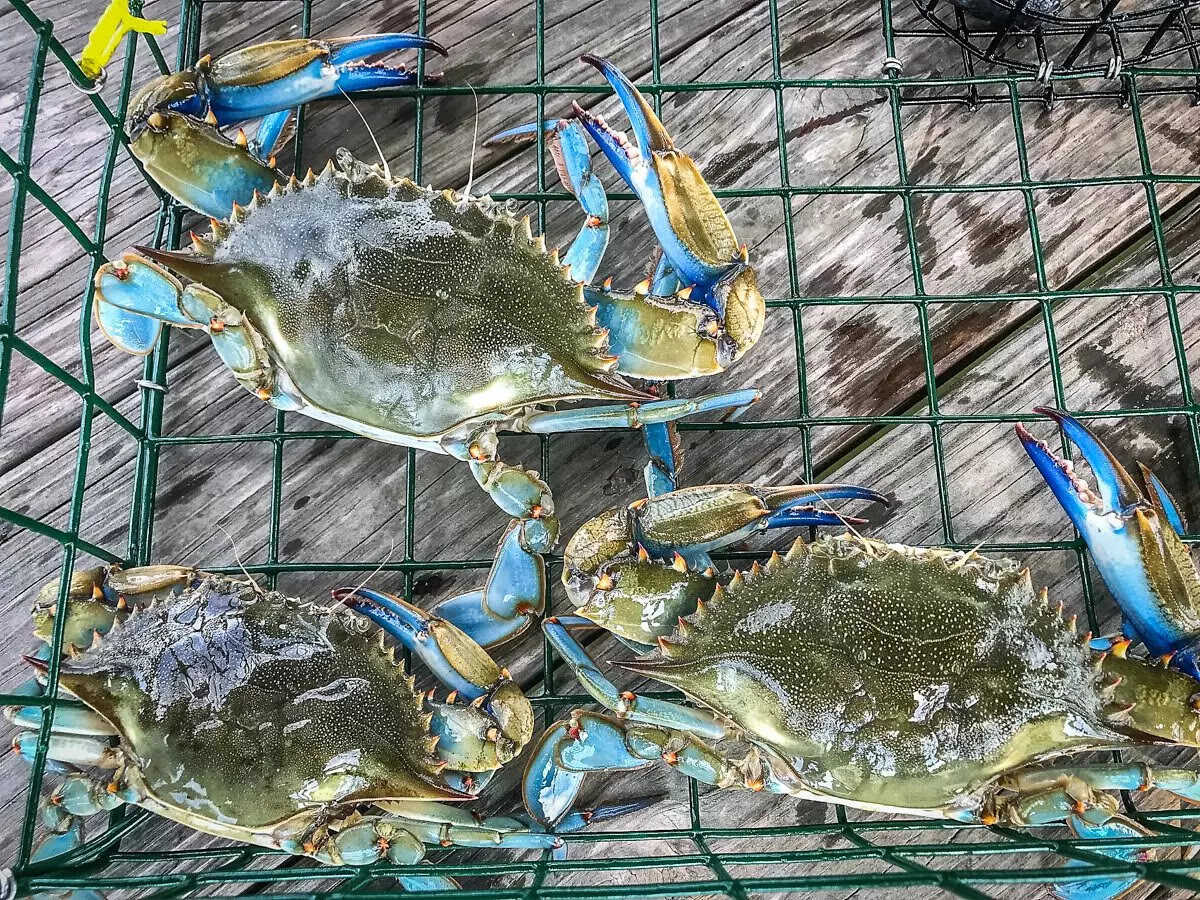

Articles
How To Store Blue Crabs
Modified: August 20, 2024
Discover the best articles on how to store blue crabs and keep them fresh, ensuring a delicious seafood feast every time. Learn the secrets from expert chefs and seasoned fishermen.
(Many of the links in this article redirect to a specific reviewed product. Your purchase of these products through affiliate links helps to generate commission for Storables.com, at no extra cost. Learn more)
Introduction
Blue crabs are a popular seafood delicacy, known for their sweet and succulent meat. Whether you’re a seafood lover who enjoys catching and cooking your own crabs or you simply want to prolong the freshness of store-bought blue crabs, proper storage is essential. Storing blue crabs correctly not only ensures their quality and taste but also helps maintain their safety for consumption.
In this article, we will guide you on how to properly store blue crabs to preserve their freshness and flavor. We’ll cover the basic steps of cleaning the crabs, preparing them for storage, and different storage methods including refrigeration and freezing. Additionally, we’ll provide some helpful tips to ensure that your blue crabs stay fresh and ready to be transformed into a delectable seafood dish whenever you’re ready.
So, whether you’re planning to feast on a seafood boil with friends and family or you want to savor the flavor of blue crabs at a later time, let’s dive into the details of storing blue crabs effectively.
Key Takeaways:
- Properly storing blue crabs is crucial for maintaining their freshness and flavor. Whether refrigerating for short-term use or freezing for longer periods, following the right storage techniques ensures delightful seafood dishes whenever you desire.
- Thoroughly cleaning, preparing, and storing blue crabs in airtight containers or freezer bags is essential for preserving their quality. Remember to follow proper thawing and cooking methods to savor the sweet and succulent meat of blue crabs.
Read more: How To Store Live Blue Crab
Understanding Blue Crabs
Before we delve into the storage process, it’s important to have a basic understanding of blue crabs. Blue crabs are crustaceans found along the coastal regions of the Atlantic Ocean and the Gulf of Mexico. They are prized for their delicious meat and are commonly used in various seafood dishes such as crab cakes, crab soup, and steamed crabs.
Blue crabs have a distinct appearance with their blue-green colored exoskeleton, or shell, and their characteristic “claw-shaped” pincers. The male crabs, known as “jimmies,” have bright blue claws, while the females, called “sooks,” have red-tipped claws. Mature female blue crabs are often sought after for their meat, as they tend to have a higher meat-to-shell ratio.
When purchasing blue crabs, it’s important to select live crabs that are active and show no signs of damage or decay. Their shells should be firm and intact, and they should have a strong and sweet aroma. Avoid crabs that appear sluggish, have a pungent odor, or have cracked or broken shells.
Cleaning the blue crabs before storage is essential to remove any impurities and ensure that they are ready for consumption. Let’s move on to the next step in the storage process, which is cleaning the blue crabs properly.
Cleaning Blue Crabs
Before storing blue crabs, it’s important to clean them thoroughly to remove any dirt, debris, or bacteria that may be present on the surface of the crabs. Here’s a step-by-step guide on how to clean blue crabs:
- Start by filling a large bowl or basin with cold water. Add some salt to the water, as it helps to remove impurities and enhances the flavor of the crabs.
- One by one, place the live crabs into the water and allow them to soak for a few minutes. This helps to relax the crabs and makes it easier to handle them.
- Using a pair of tongs or gloves, carefully pick up each crab and turn it belly-side up.
- Locate the apron, a triangular-shaped plate on the underside of the crab. Grasp the apron firmly and peel it back to reveal the abdomen.
- Remove the abdomen by pulling it away from the rest of the body. Discard the abdomen as it contains the crab’s waste material.
- Next, flip the crab over and remove the top shell, known as the carapace. Gently lift the carapace from the back end and pull it off the crab’s body.
- Once the carapace is removed, you will see the gills, also known as lungs, on either side of the crab’s body. Use your fingers or a small brush to clean out the gills and remove any visible dirt or sediment.
- Rinse the cleaned crabs under cold running water to remove any remaining impurities. Ensure that all surfaces are thoroughly cleaned, including the legs and claws.
After cleaning the blue crabs, they are now ready to be prepared for storage. Let’s continue to the next section to learn about the steps involved in preparing blue crabs for storage.
Preparing for Storage
Once your blue crabs are cleaned and free from impurities, it’s crucial to prepare them properly for storage to maintain their freshness. Here are the steps to follow when preparing blue crabs for storage:
- Pat the cleaned crabs dry with a paper towel to remove excess moisture. This helps prevent the crabs from becoming waterlogged during storage, which can impact their texture and taste.
- Inspect the crabs once again to ensure there are no visible signs of damage or decay. Discard any crabs that appear unhealthy or have an unpleasant smell.
- If you plan to refrigerate the crabs, gather airtight containers or resealable plastic bags. Make sure they are clean and dry before use.
- If freezing the crabs, it’s best to individually wrap them in plastic wrap or aluminum foil to prevent freezer burn and maintain their quality.
- Label the containers or bags with the date of storage to keep track of their freshness. This is particularly important when freezing blue crabs as they should be consumed within a certain time frame.
By following these preparation steps, you set a solid foundation for storing your blue crabs properly. Now let’s explore the different storage methods available for blue crabs, starting with refrigeration storage.
Refrigeration Storage
Refrigeration is a popular method for storing blue crabs, especially if you plan to consume them within a few days. Here’s how to properly store blue crabs in the refrigerator:
- Place the prepared blue crabs in an airtight container or resealable plastic bag.
- If using a container, make sure it has a tight-fitting lid to prevent any air or odors from entering.
- Keep the crabs on the bottom shelf of the refrigerator, where the temperature is coldest and most stable.
- Do not store blue crabs with other strong-smelling foods, as they can absorb the odor.
- Ensure that the crabs are not overcrowded in the container, allowing for proper air circulation.
- Refrigerate the blue crabs at a temperature of 32°F to 40°F (0°C to 4.4°C) for optimal freshness and safety.
- Consume the refrigerated blue crabs within 1 to 2 days for the best flavor and quality.
It’s important to note that refrigeration storage is ideal for short-term storage only. If you plan to store the blue crabs for a longer period, freezing is a more suitable option. Let’s explore freezing blue crabs in the next section.
After catching blue crabs, store them in a cooler with ice packs to keep them cold and fresh. Make sure to keep the crabs damp, but not submerged in water, and consume them within 24 hours for the best taste.
Read more: How To Store Dungeness Crab
Freezing Blue Crabs
If you want to store blue crabs for an extended period, freezing is the best method. Freezing not only preserves their freshness but also allows you to enjoy blue crabs at a later time. Follow these steps for freezing blue crabs:
- Prepare the blue crabs by cleaning and drying them thoroughly.
- Individually wrap each crab tightly in plastic wrap or aluminum foil to prevent freezer burn.
- Place the wrapped blue crabs in a resealable freezer bag or airtight container.
- Label the bag or container with the date of freezing to keep track of their storage time.
- Remove as much air as possible from the bag or container before sealing.
- Freeze the blue crabs at a temperature of 0°F (-18°C) or below.
- When properly stored, blue crabs can maintain their quality for up to 3 months in the freezer.
It’s essential to note that freezing may affect the texture of the blue crab meat. While it will still be safe to consume, the texture may become slightly softer after thawing. Thus, it’s recommended to use frozen blue crabs in cooked dishes rather than for raw consumption.
Now that you know how to freeze blue crabs, let’s learn about the process of thawing and cooking them.
Thawing and Cooking Frozen Blue Crabs
When you’re ready to enjoy your frozen blue crabs, it’s important to thaw them properly to ensure optimal taste and texture. Follow these steps for thawing and cooking frozen blue crabs:
- Remove the frozen blue crabs from the freezer and transfer them to the refrigerator.
- Allow the crabs to thaw slowly in the refrigerator for 24 to 48 hours. Thawing them in the refrigerator helps maintain their quality and prevents bacterial growth.
- Once thawed, you can choose to cook the blue crabs in various ways such as steaming, boiling, or grilling.
- If steaming, fill a large pot with water, add spices or seasonings of your choice, and bring it to a boil.
- Place the thawed blue crabs on a steaming rack or in a steamer basket and carefully lower it into the pot.
- Cover the pot and steam the crabs for approximately 10 minutes per pound, or until the shells turn bright red and the meat is opaque.
- If boiling, fill a large pot with water, add salt or other seasonings, and bring it to a rolling boil.
- Gently place the thawed blue crabs into the boiling water and cook for approximately 8-10 minutes per pound.
- If grilling, preheat the grill to medium heat and lightly oil the grates.
- Place the thawed blue crabs on the grill and cook for about 4-6 minutes per side, or until the shells turn bright red and the meat is heated through.
Once the blue crabs are cooked, they are ready to be enjoyed. Serve them with melted butter, cocktail sauce, or any other condiments of your choice. Remember to discard any crabs that have an off smell or show signs of spoilage during the cooking process.
Now that you’re familiar with the process of thawing and cooking frozen blue crabs, let’s move on to some tips for proper crab storage.
Tips for Proper Crab Storage
To ensure that your blue crabs stay fresh and maintain their quality during storage, consider following these tips:
- Always start with live crabs whenever possible, as they will have the freshest meat.
- When purchasing blue crabs, choose ones that are lively, have intact shells, and give off a pleasant aroma.
- Clean the crabs thoroughly before storing to remove any dirt, impurities, or bacteria.
- Pat the crabs dry with a paper towel to remove excess moisture before storing.
- Store blue crabs in airtight containers or resealable plastic bags to prevent odors from entering and to maintain freshness.
- If refrigerating the crabs, place them on the bottom shelf where the temperature is coldest.
- Do not store blue crabs with other strong-smelling foods, as they can absorb odors.
- Label the storage containers with the date of storage to keep track of their freshness.
- Consume refrigerated blue crabs within 1 to 2 days for the best flavor and quality.
- If freezing blue crabs, individually wrap them tightly in plastic wrap or aluminum foil and place them in a freezer bag or airtight container.
- Try to remove as much air as possible from the bag or container before sealing.
- Thaw frozen blue crabs in the refrigerator to maintain their texture and taste.
- When cooking thawed blue crabs, steam, boil, or grill them until the shells turn bright red and the meat is heated through.
- Discard any crabs that have an off smell or show signs of spoilage during the cooking process.
Following these tips will help ensure that your blue crabs stay fresh, flavorful, and safe for consumption whether you choose to refrigerate or freeze them.
Now that you’re equipped with the knowledge of proper crab storage, you can confidently enjoy the delightful taste of blue crabs whenever you desire.
Conclusion
Storing blue crabs properly is essential to maintain their freshness, flavor, and safety for consumption. Whether you prefer to refrigerate or freeze them, following the correct storage techniques will ensure that you can enjoy these delectable seafood delicacies whenever the craving strikes.
From understanding the characteristics of blue crabs to cleaning them thoroughly, we have covered the necessary steps to prepare blue crabs for storage. Refrigeration storage is ideal for short-term storage, while freezing is recommended for longer periods.
Remember to thaw frozen blue crabs properly and cook them using your preferred method, such as steaming, boiling, or grilling. Pay attention to any signs of spoilage during the cleaning, storing, and cooking process to ensure your safety.
By following the tips provided, such as using airtight containers, labeling storage, and keeping the crabs away from strong-smelling foods, you can extend the shelf life of blue crabs and maintain their quality.
So whether you’re hosting a seafood feast or enjoying a satisfying individual meal, properly storing blue crabs ensures that you can relish their sweet and succulent meat with every bite.
Now that you have the knowledge and understanding of how to store blue crabs, it’s time to put it into action. Experiment with different cooking techniques and savor the flavors of these delectable crustaceans whenever you desire.
Enjoy and happy crab storage!
Frequently Asked Questions about How To Store Blue Crabs
Was this page helpful?
At Storables.com, we guarantee accurate and reliable information. Our content, validated by Expert Board Contributors, is crafted following stringent Editorial Policies. We're committed to providing you with well-researched, expert-backed insights for all your informational needs.
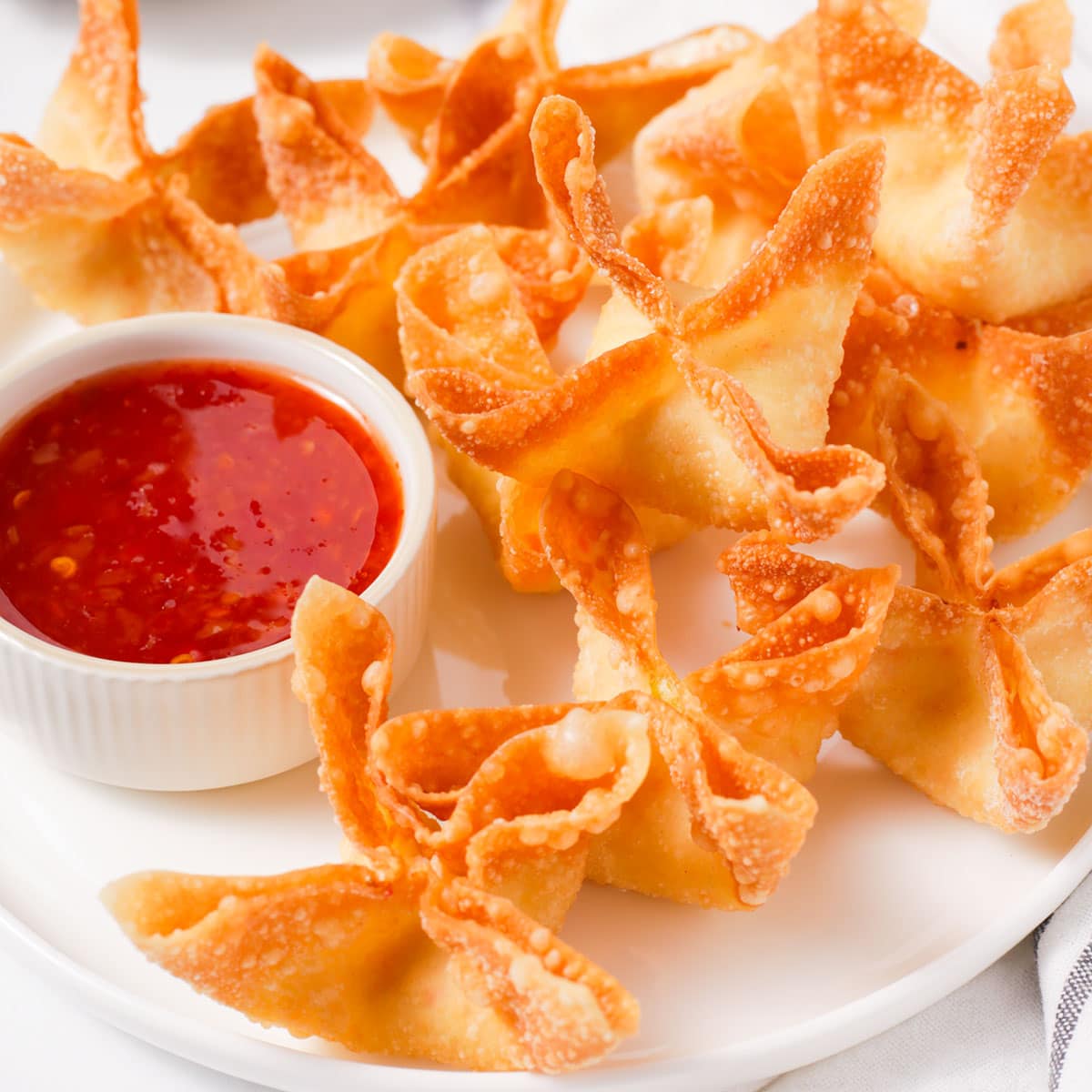
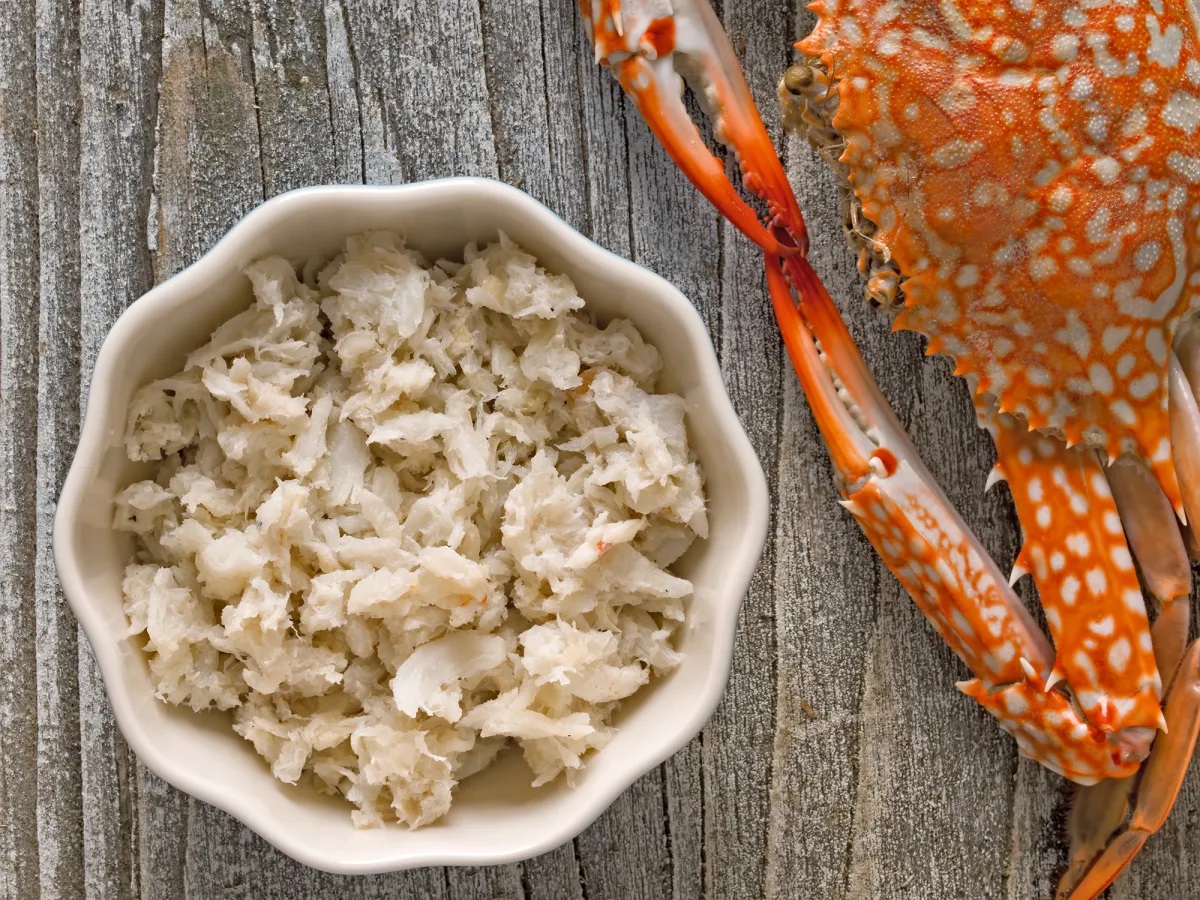
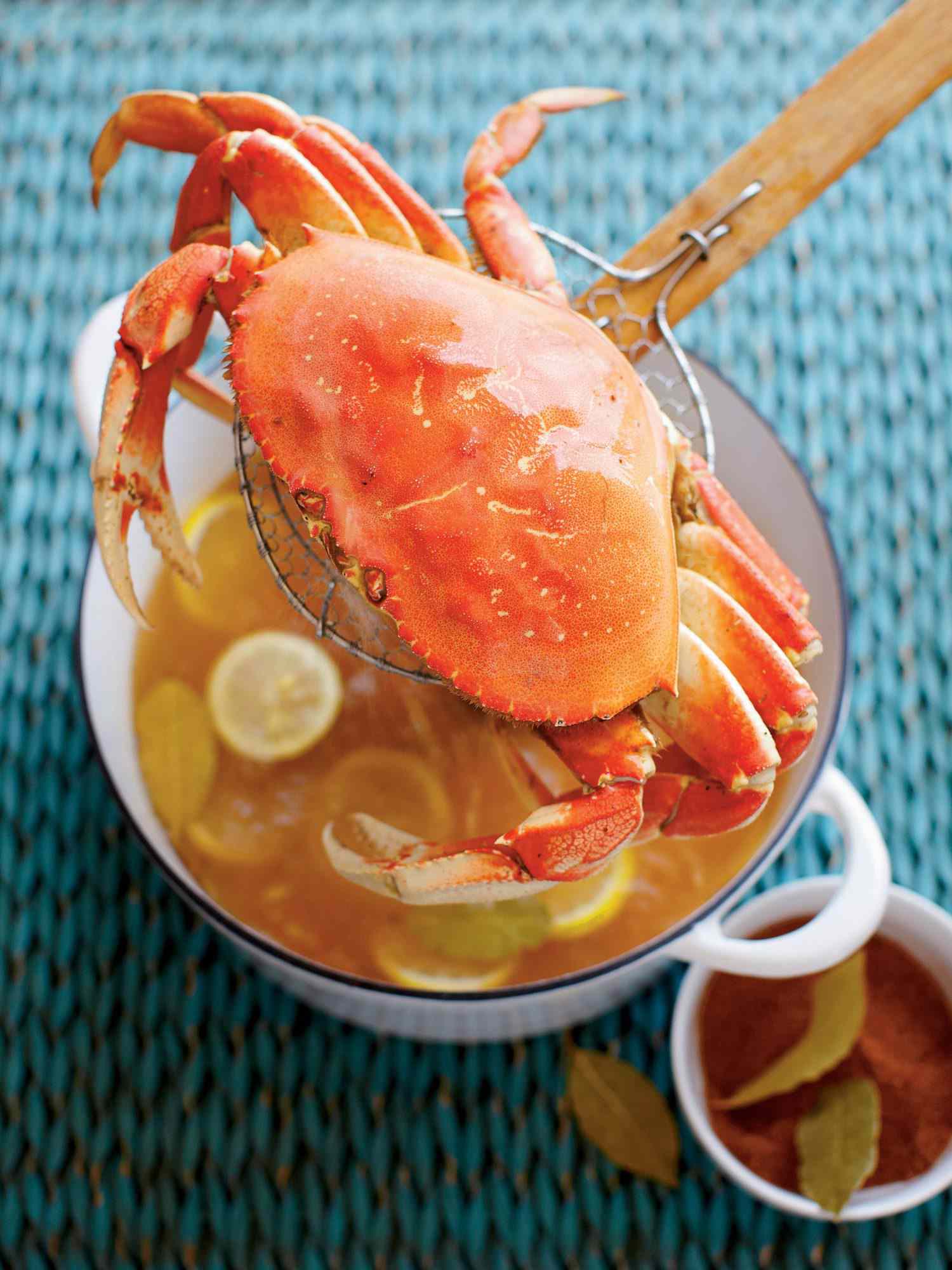
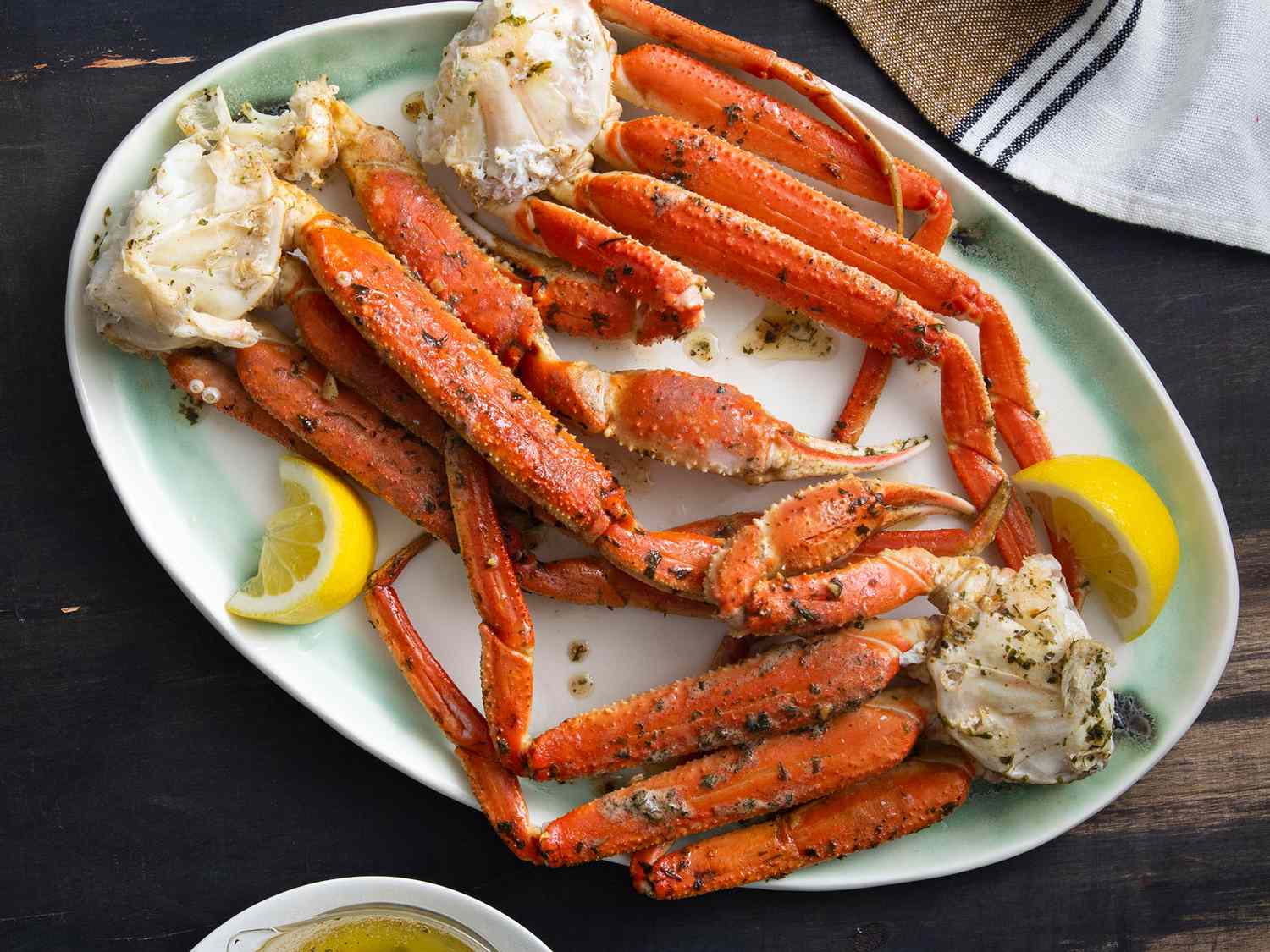
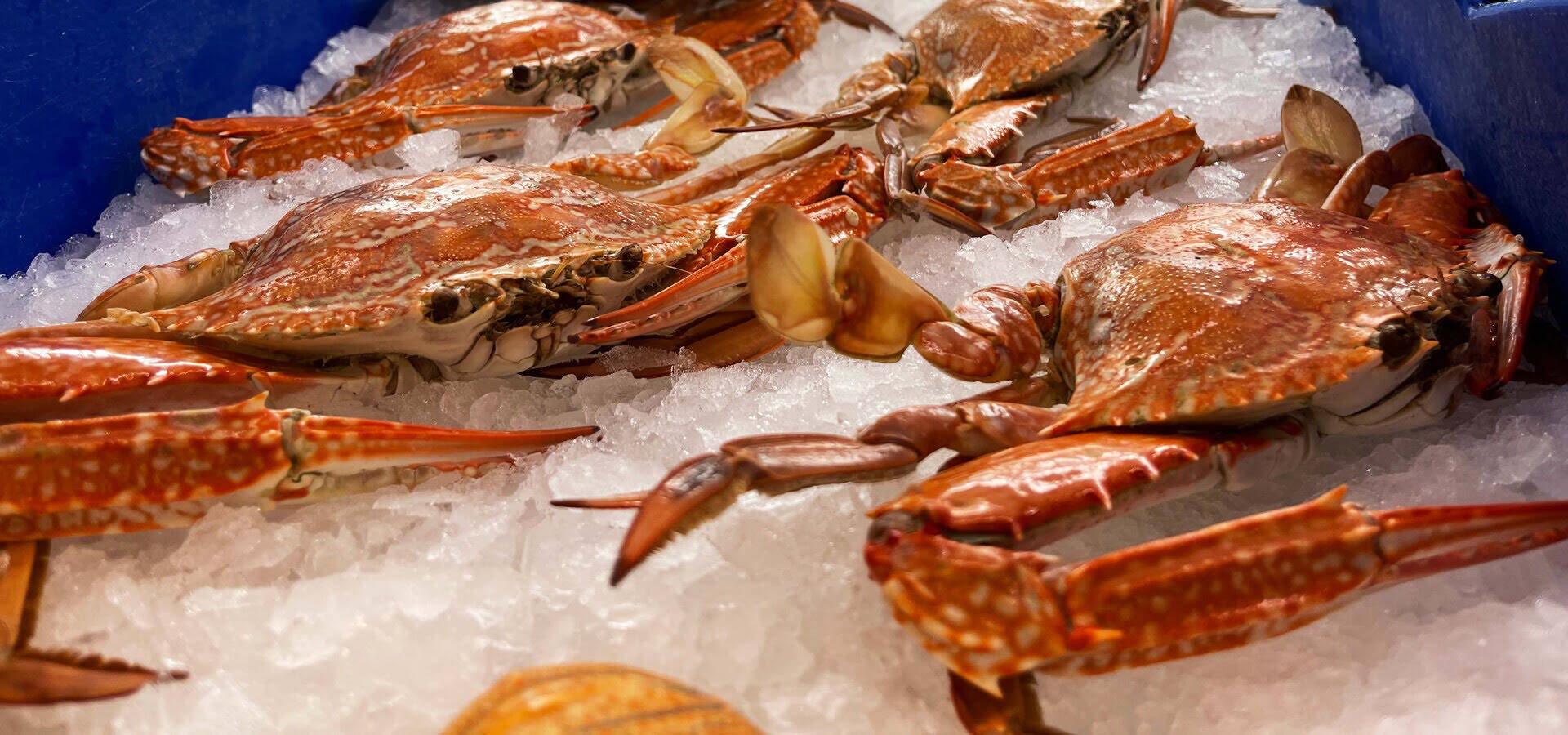
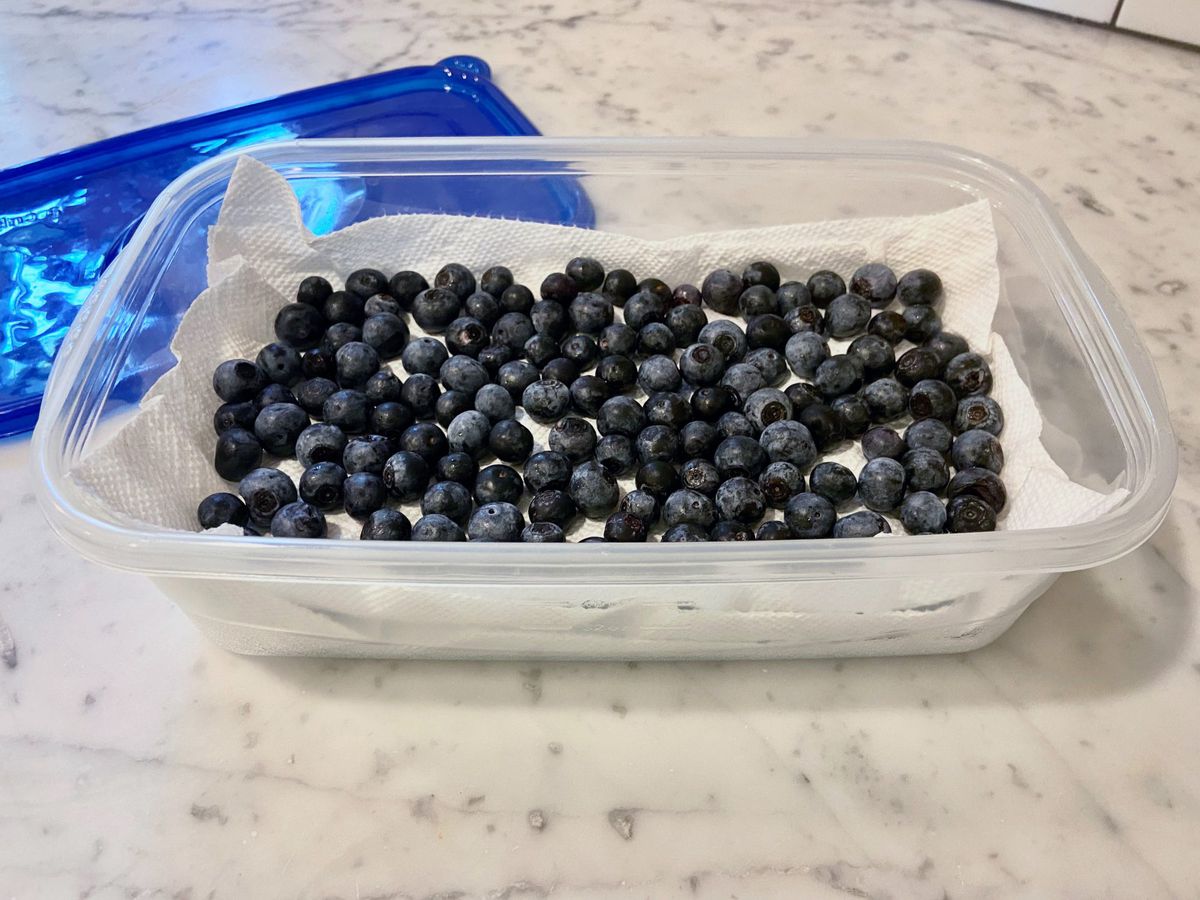
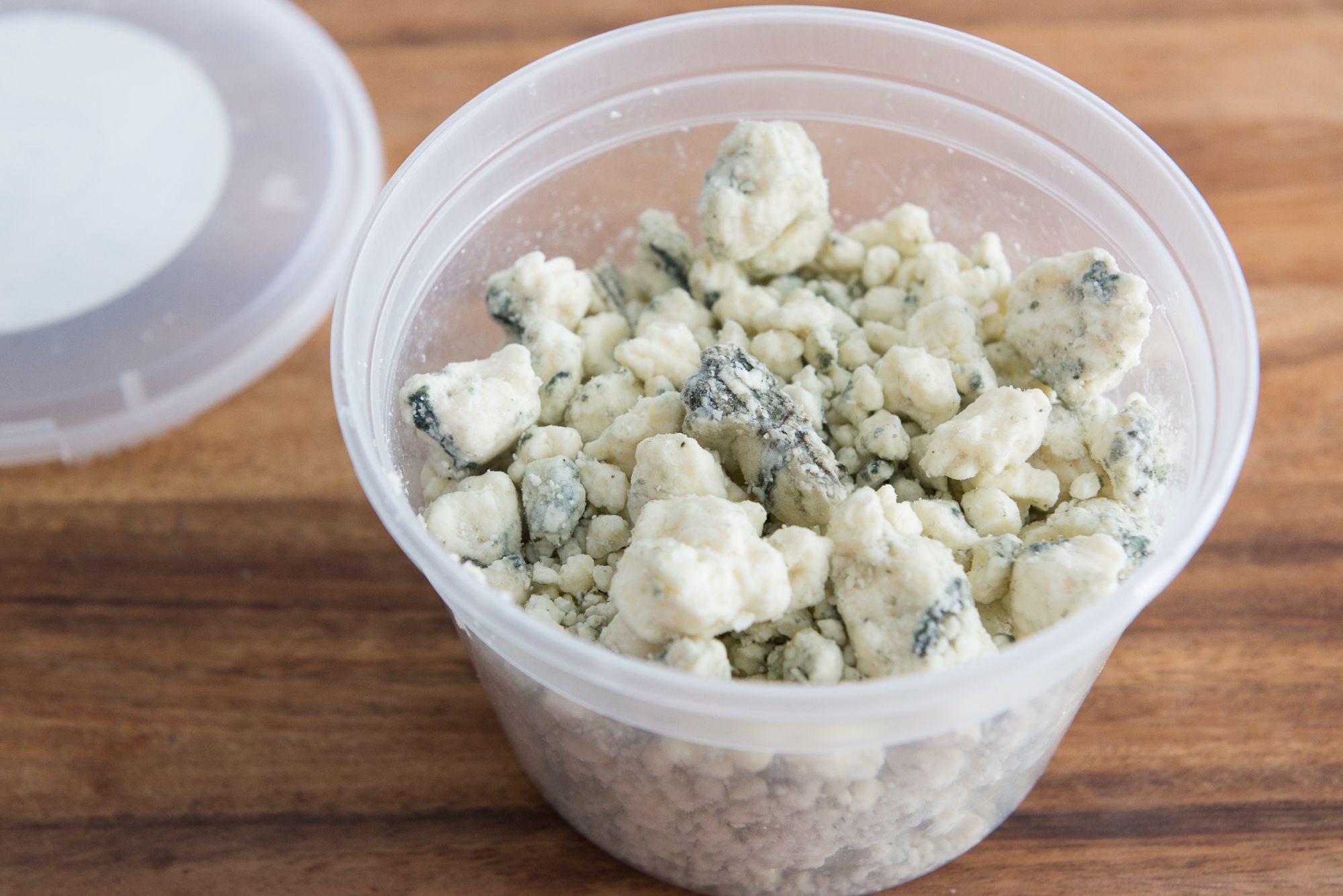

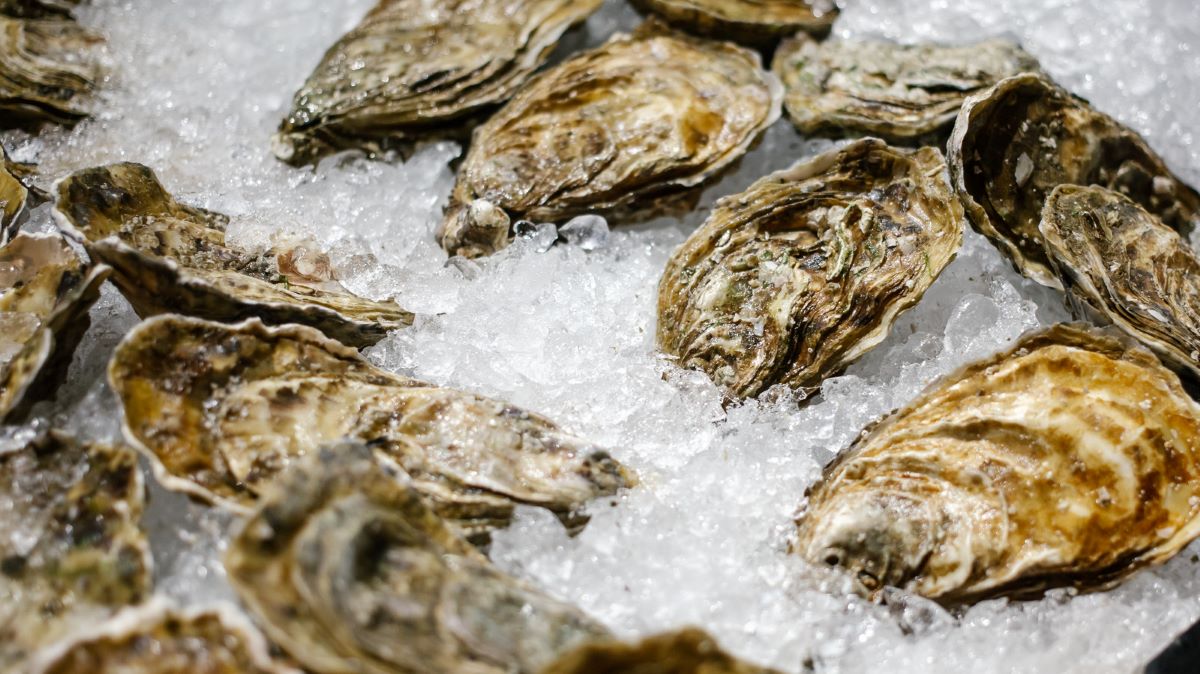
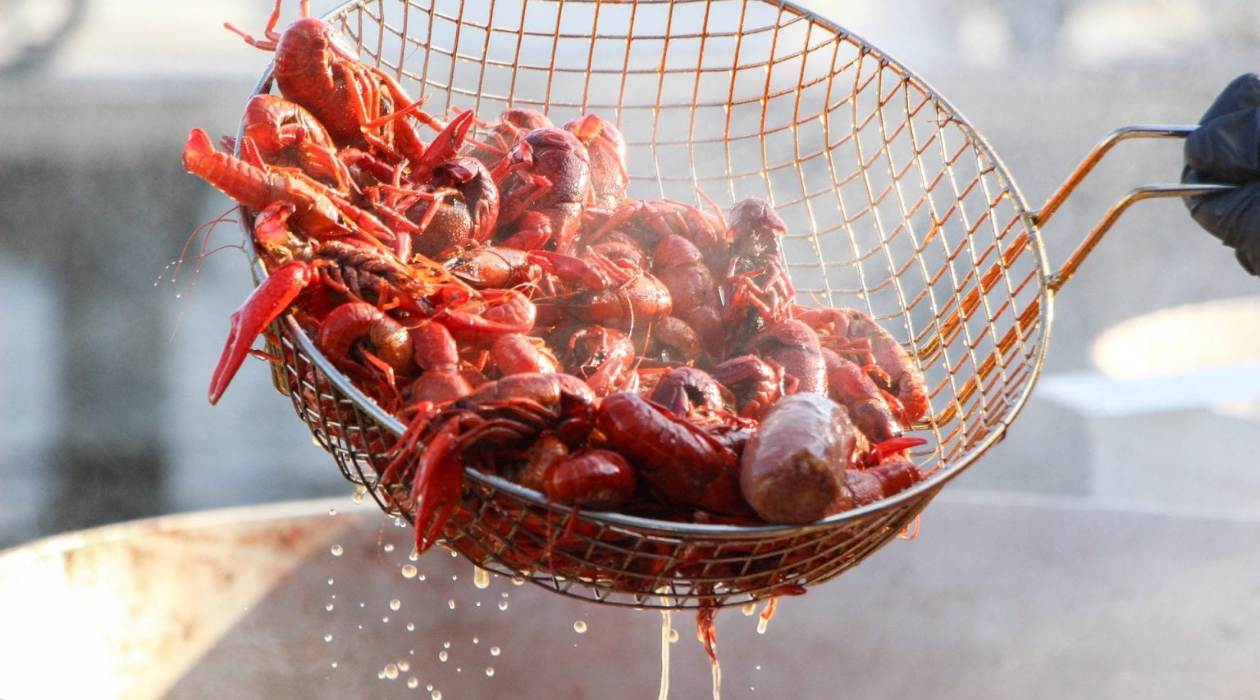
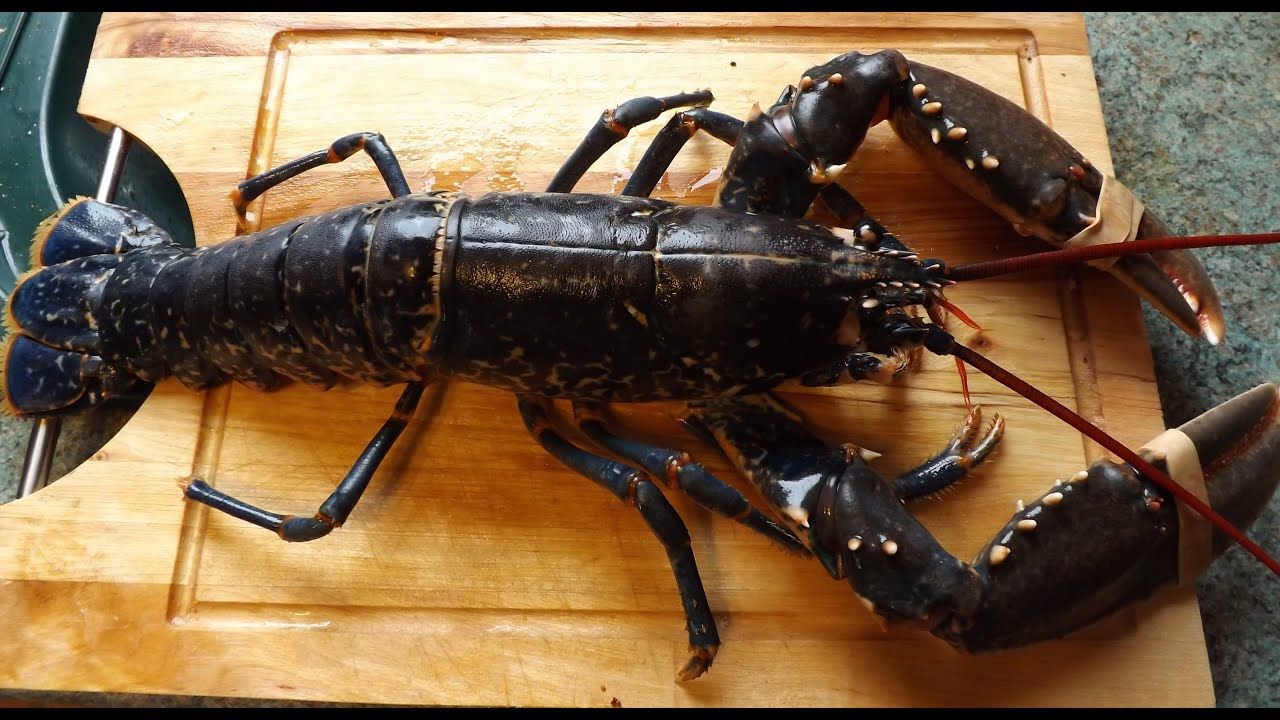
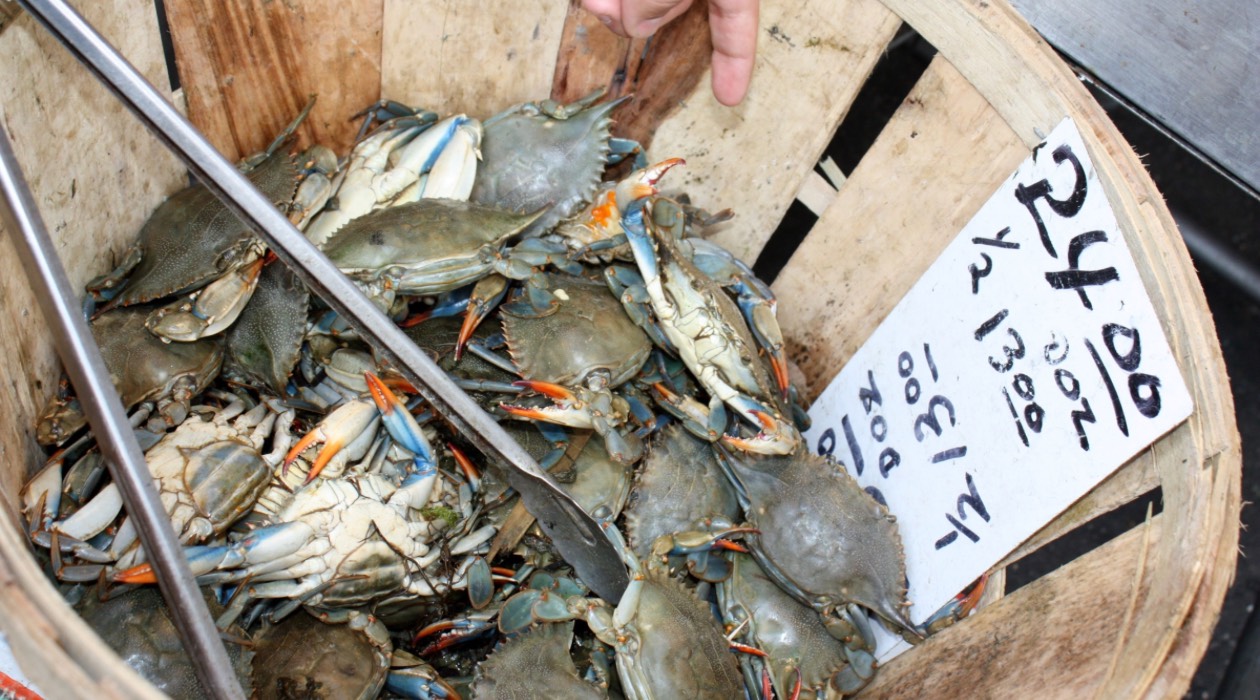
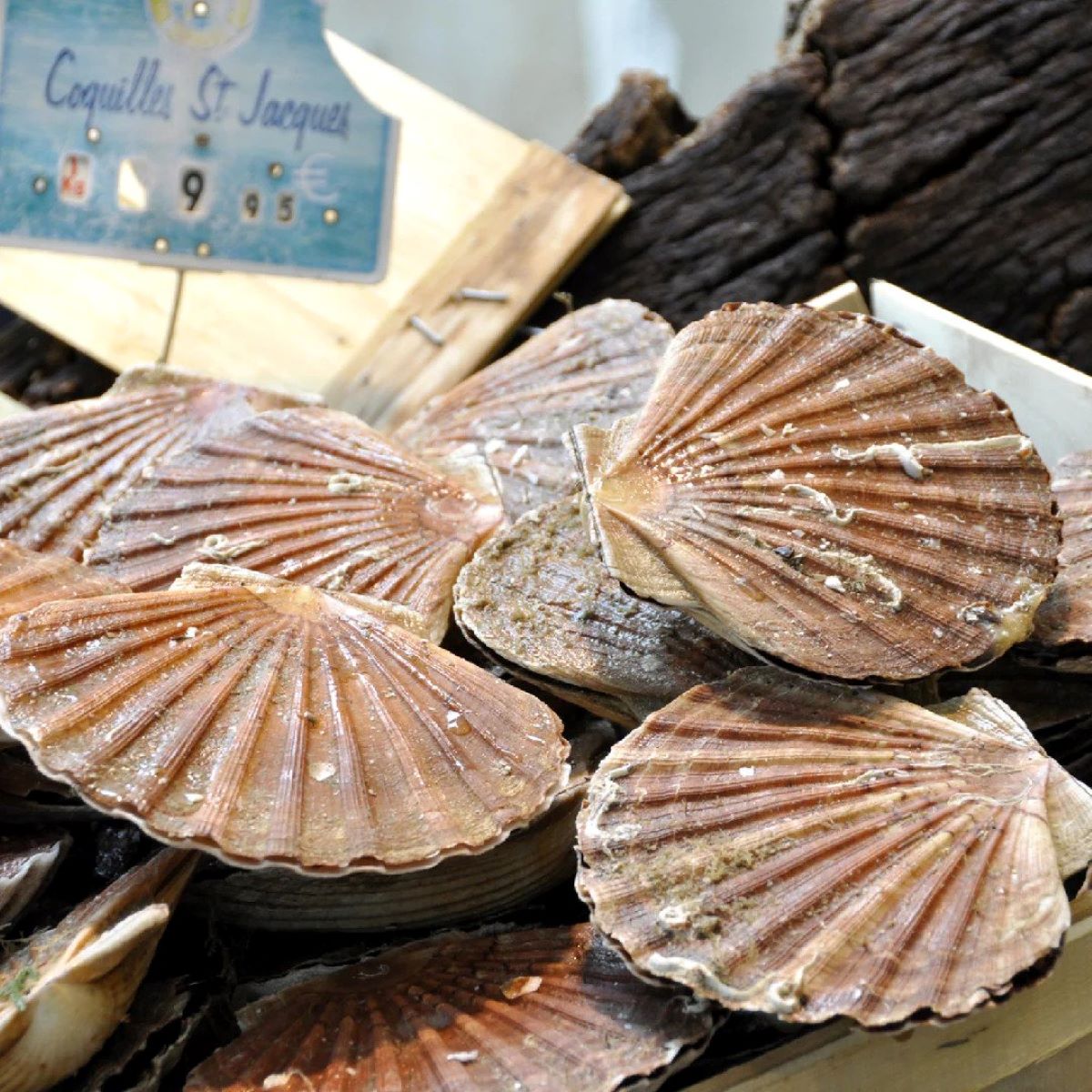
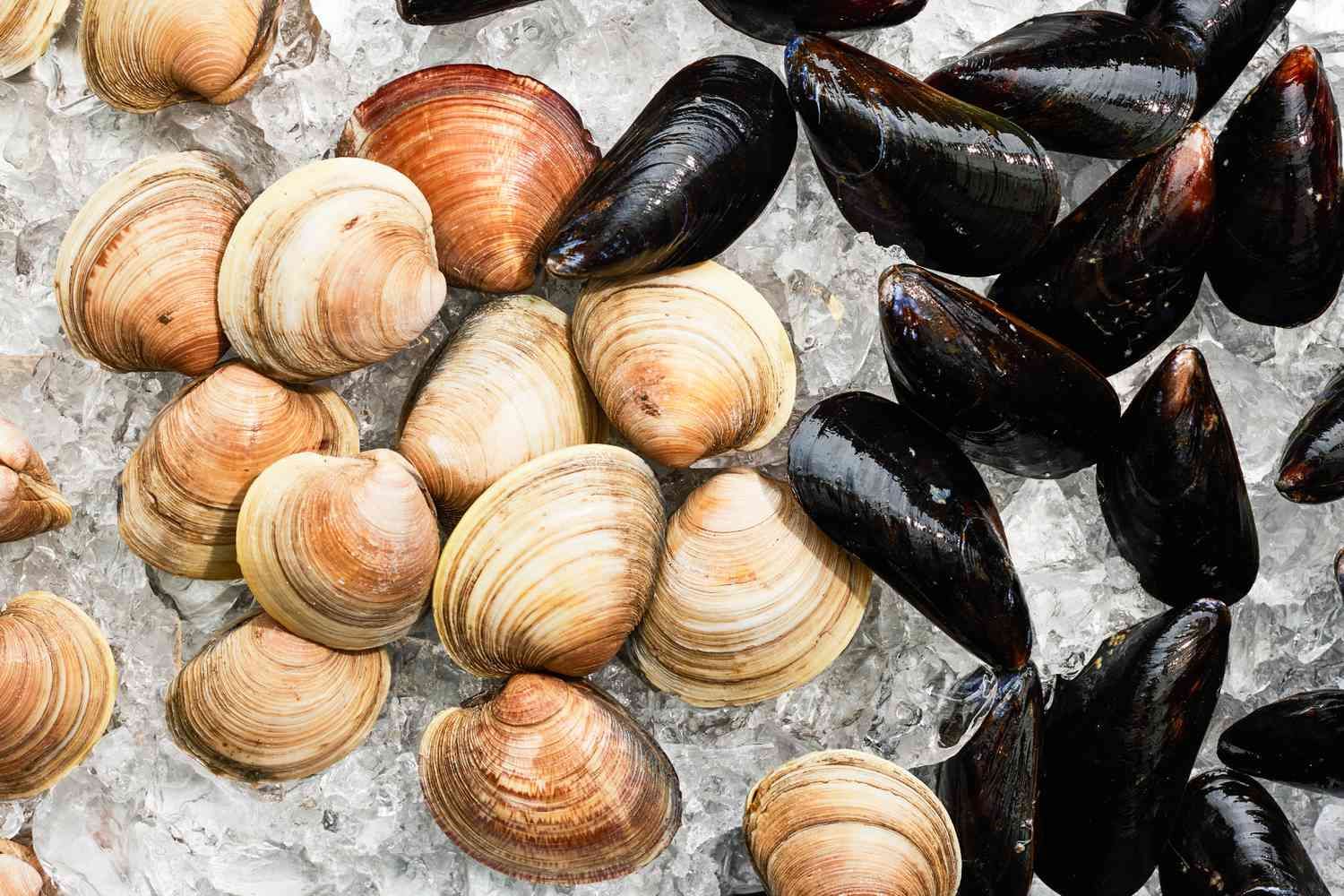

0 thoughts on “How To Store Blue Crabs”